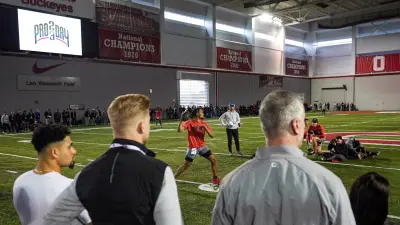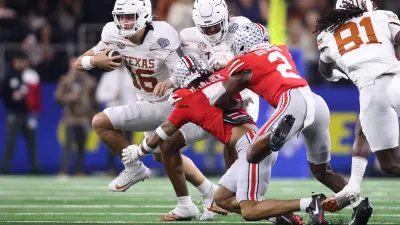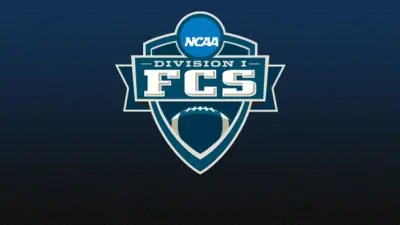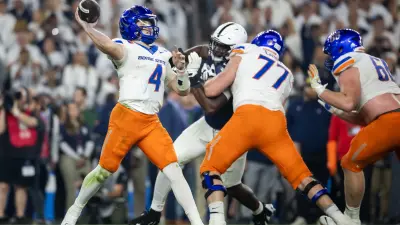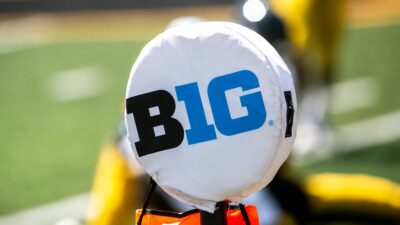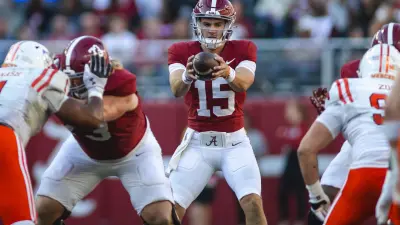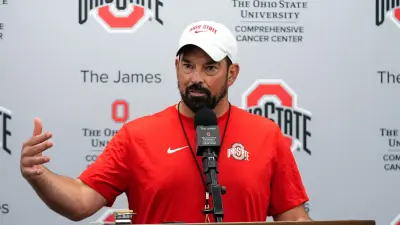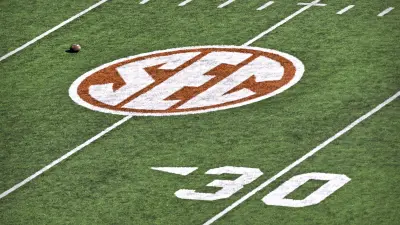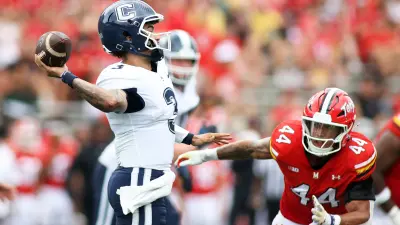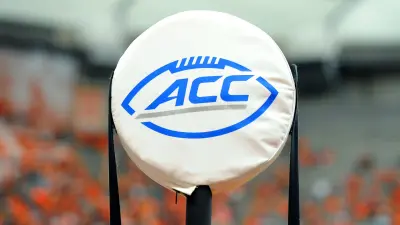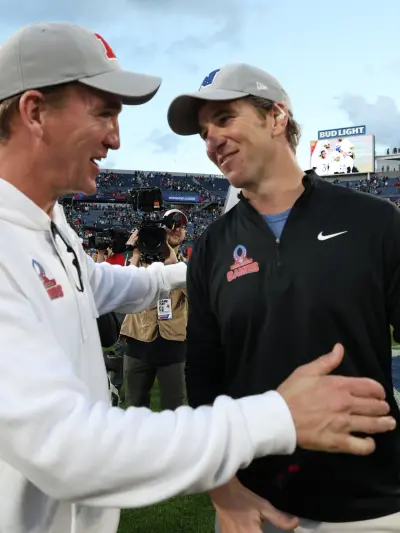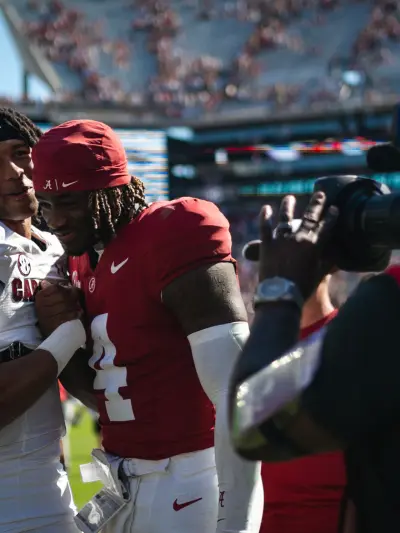By Dorrington Myers
Evaluating quarterbacks is one of the most challenging tasks in sports scouting. Despite the extensive resources, advanced metrics, and sophisticated analytics available today, scouts often miss the mark when projecting the future success of college quarterbacks transitioning to the NFL. This persistent difficulty can be attributed to a combination of factors, including the complexity of the quarterback position, the limitations of current evaluation methods, and the unpredictable nature of human development and behavior.
The Complexity of the Quarterback Position
The quarterback position is arguably the most demanding and complex role in football. A successful quarterback must possess a unique blend of physical, mental, and intangible attributes. Physically, they need the arm strength to make all the necessary throws, the mobility to evade pressure, and the durability to withstand hits from opposing defenders. Mentally, they must quickly read defenses, make rapid decisions, and maintain composure under intense pressure. Intangibles such as leadership, work ethic, and the ability to inspire teammates are also critical.
Given this multifaceted skill set, it’s easy to see why scouts struggle. A quarterback who excels in college may do so because of a system tailored to their strengths, superior supporting cast, or facing inferior competition. These factors can mask deficiencies that are brutally exposed at the NFL level, where the game is faster, defenses are more complex, and the margin for error is razor-thin.
Limitations of Current Evaluation Methods
Despite advancements in analytics and technology, evaluating quarterbacks remains an inexact science. Traditional metrics like passing yards, touchdowns, and completion percentage only tell part of the story. Advanced stats such as QBR (Quarterback Rating) and DVOA (Defense-adjusted Value Over Average) provide more context but still fall short in capturing the full picture.
Scouting reports often emphasize physical attributes like height, arm strength, and speed, but these ideal traits do not always correlate with NFL success. For instance, some of the most successful quarterbacks in NFL history, such as Tom Brady and Drew Brees, lacked the prototypical physical traits but excelled due to their intelligence, work ethic, and competitive drive—qualities that are difficult to quantify.
The subjective nature of scouting reports also introduces bias. Scouts may overvalue a quarterback’s performance in high-profile games or against elite competition, while undervaluing consistency and performance in less glamorous settings. Additionally, confirmation bias can lead scouts to favor players who fit a preconceived notion of what an NFL quarterback should look like, potentially overlooking less traditional prospects who might excel in the right system.
More Sports News
The Unpredictable Nature of Human Development
Human development is inherently unpredictable, and this unpredictability is magnified in the high-stakes world of professional sports. College quarterbacks are typically young men in their early 20s, and projecting their future development involves numerous variables, including their ability to learn and adapt, their resilience in the face of adversity, and their response to the pressures of professional life.
Mental toughness and the ability to handle pressure are crucial for NFL quarterbacks, but these traits are difficult to assess in college players who may not have faced comparable levels of scrutiny or adversity. A quarterback who thrived in the supportive environment of a college program may struggle with the heightened expectations and relentless criticism of the NFL.
Moreover, off-field factors such as personal relationships, financial management, and lifestyle choices can significantly impact a player’s career trajectory. A promising quarterback may falter due to poor decisions off the field. Conversely, another may thrive by surrounding themselves with the right support network and maintaining a disciplined lifestyle.

Case Studies: Hits and Misses
The history of the NFL is littered with examples of highly touted college quarterbacks who failed to meet expectations in the NFL. Players like Ryan Leaf and JaMarcus Russell were selected at the top of the draft but struggled with the transition to the professional level. Conversely, quarterbacks like Tom Brady and Russell Wilson, who were overlooked by many scouts, went on to have stellar careers.
These cases highlight the inherent uncertainty in the evaluation process. Even with extensive film study, interviews, and workouts, predicting how a young quarterback will perform in the NFL remains a formidable challenge.

Conclusion
Scouts often miss when evaluating quarterbacks because of the position’s complexity, the limitations of current evaluation methods, and the unpredictable nature of human development. Advancements in analytics and technology may improve the accuracy of evaluations, but inherent uncertainties and subjective factors will likely ensure that scouting quarterbacks remains an imperfect science. As long as football is played, there will be hits and misses. The quest to find the next great quarterback will continue to captivate and confound scouts and fans alike.
